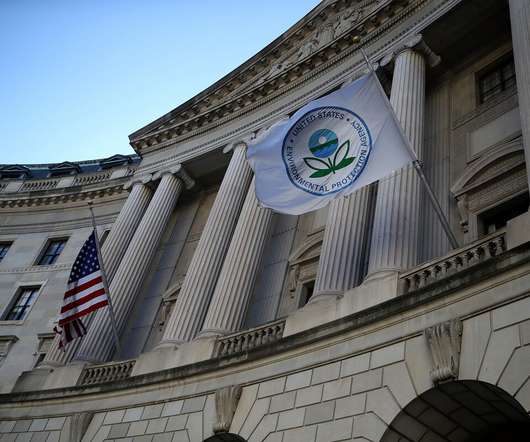DOE: Small SUVs halve lifetime GHG emissions as EVs vs. gas
Baua Electric
SEPTEMBER 8, 2024
A small electric SUV with 300 miles of range produces 52% fewer life-cycle greenhouse gas emissions than a comparable gasoline vehicle, according to the U.S. Comparison of 2024 lifetime greenhouse gas emissions of small SUVs (via U.S. Department of Energy (DOE).























Let's personalize your content